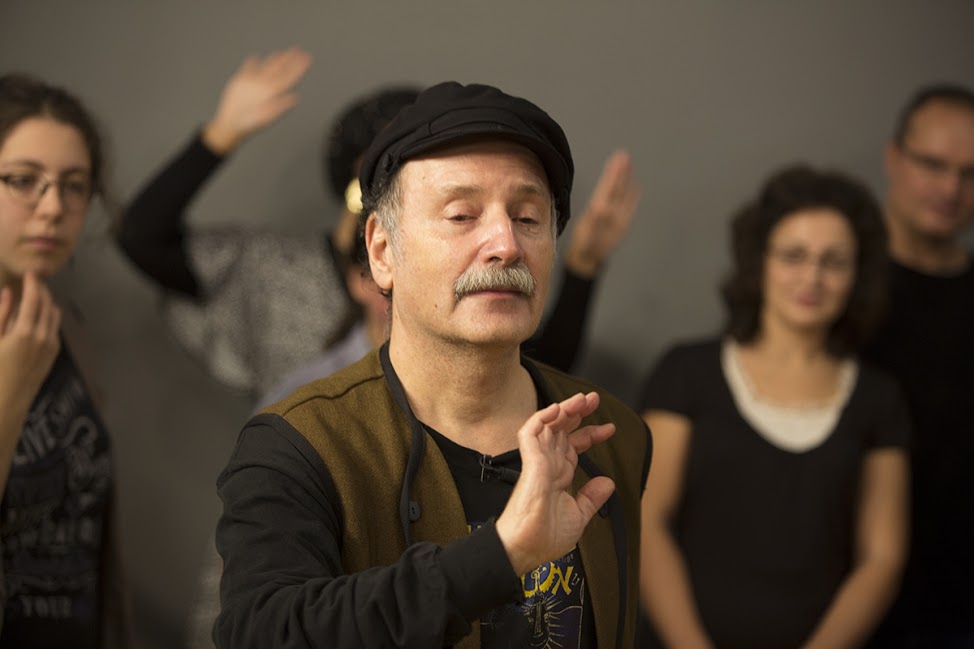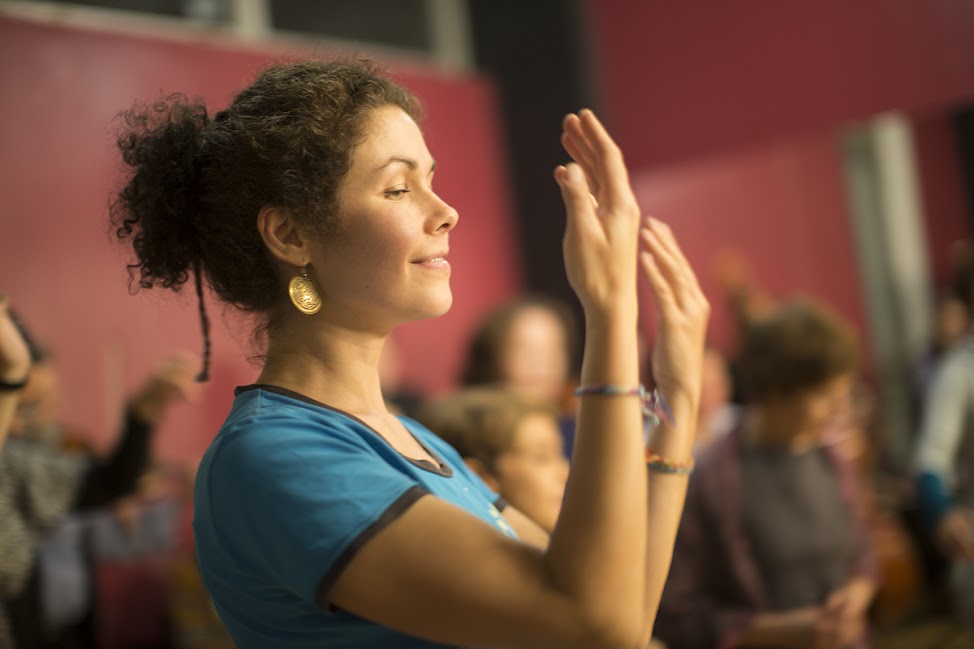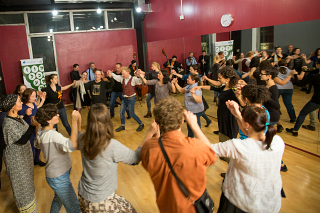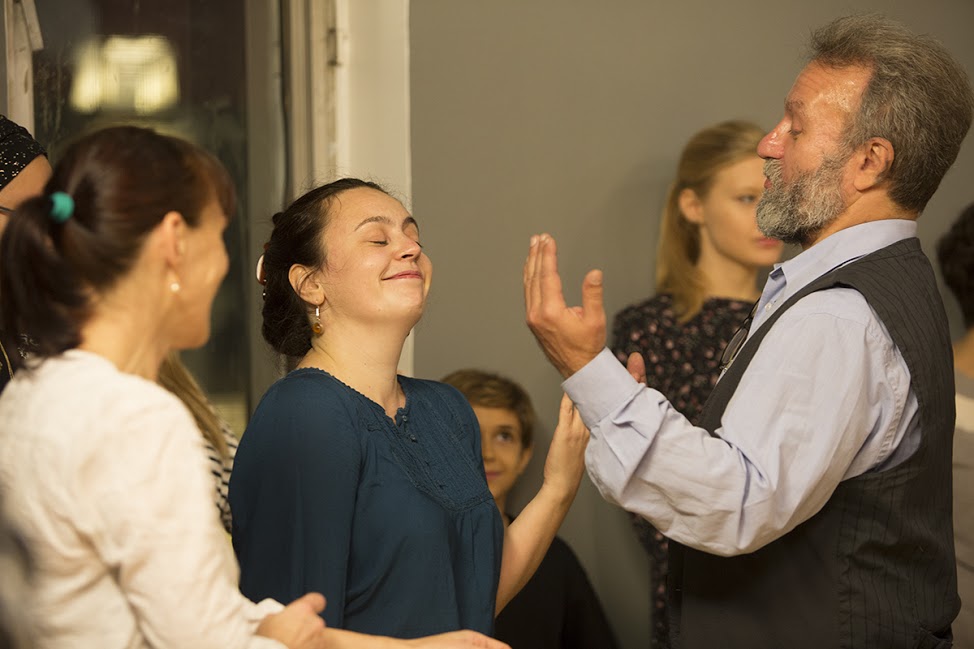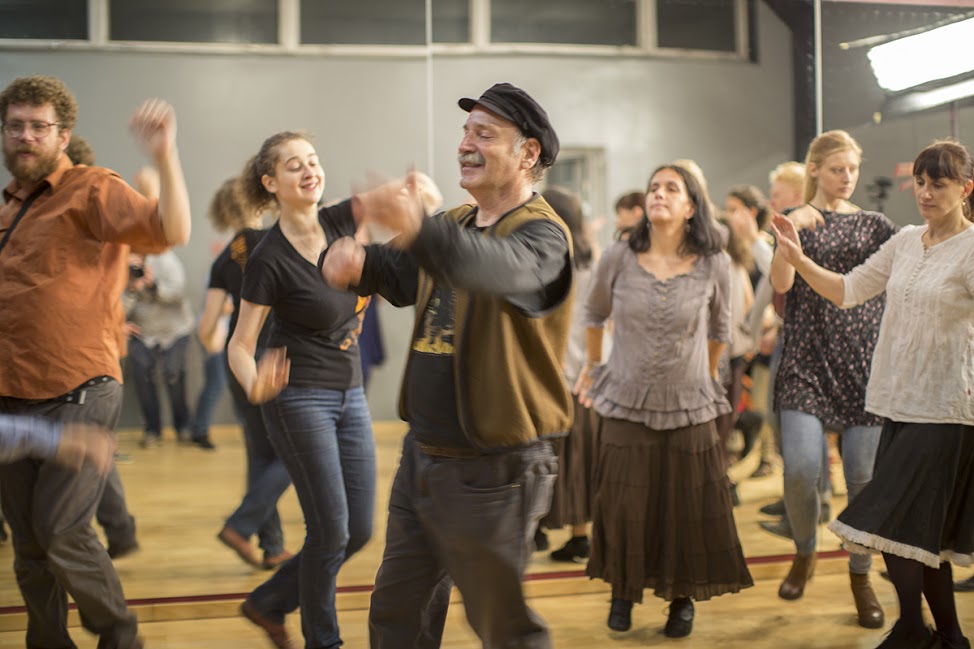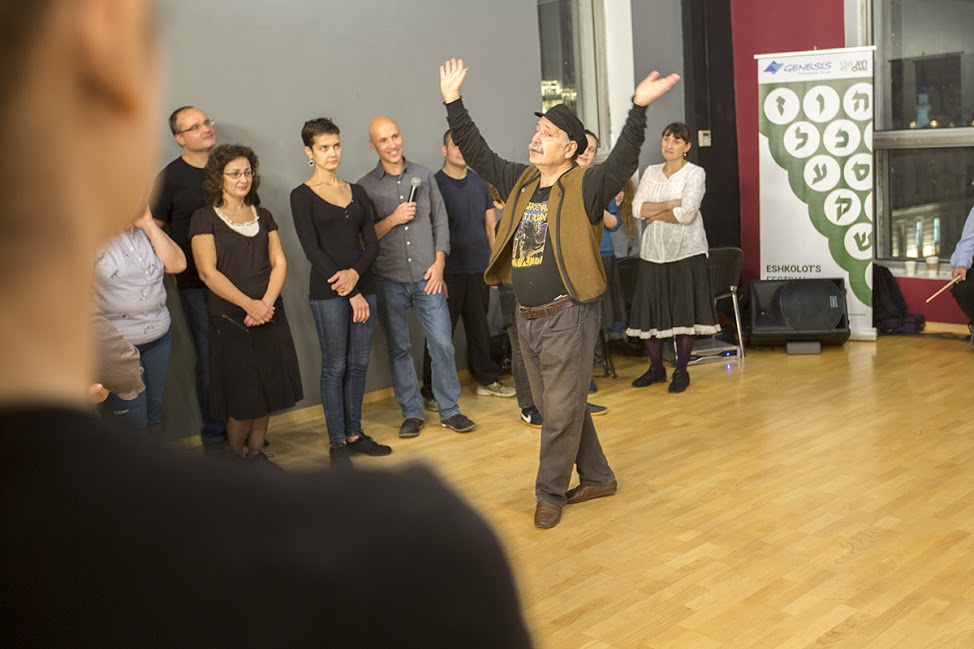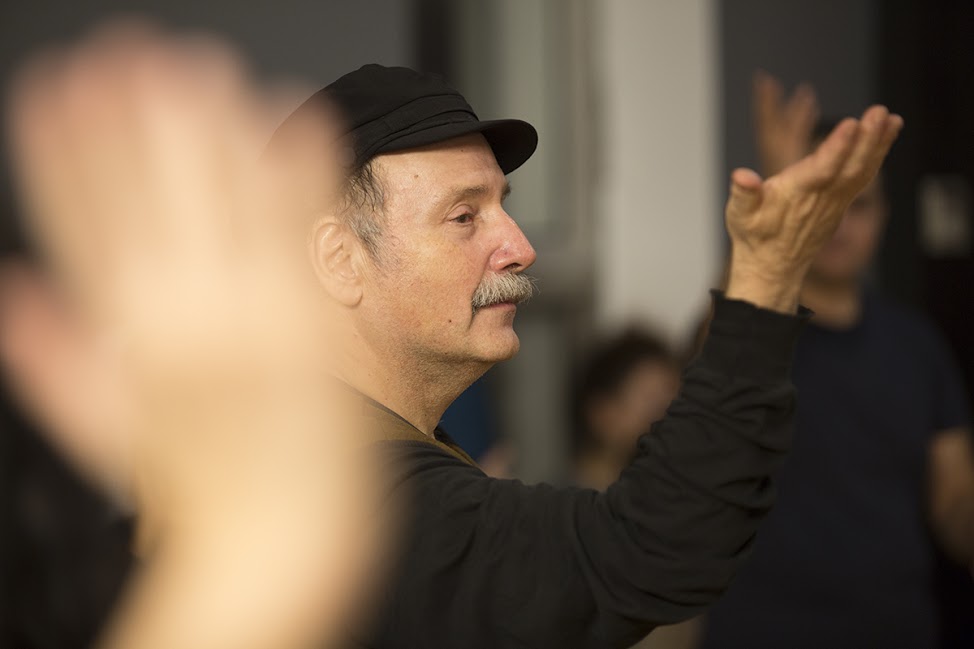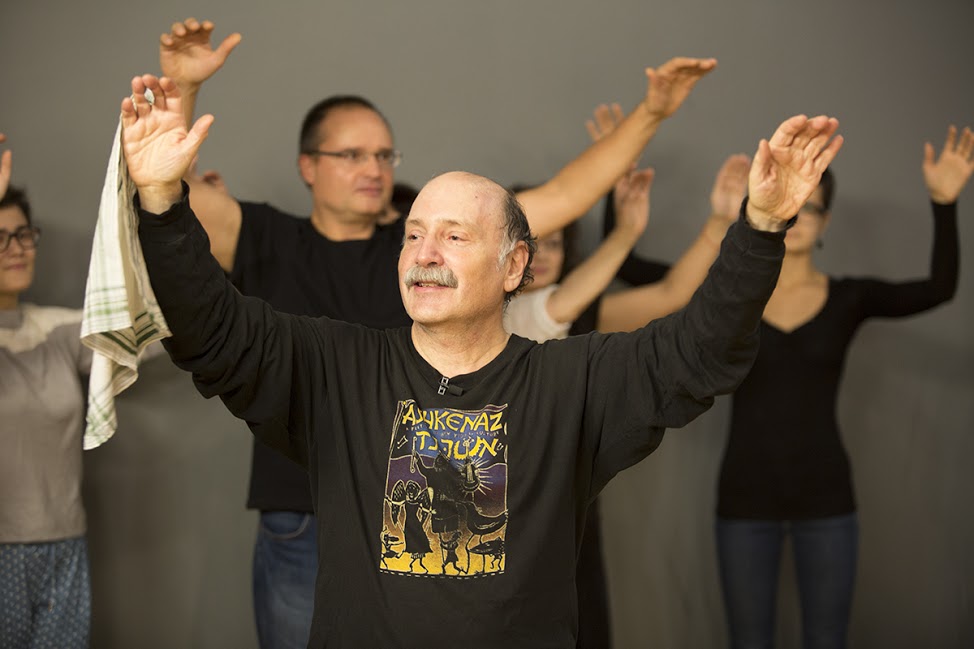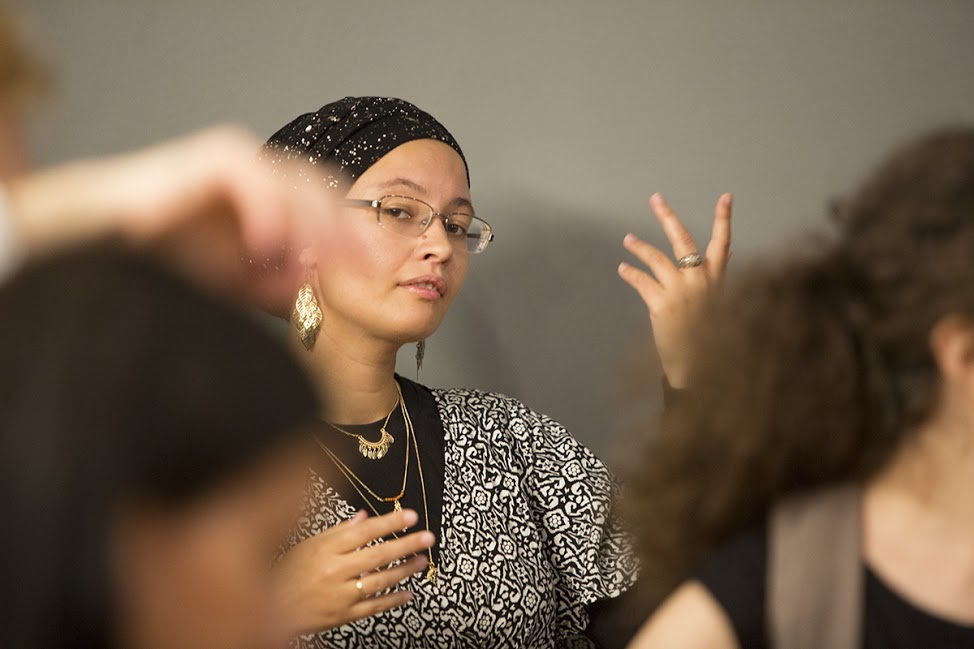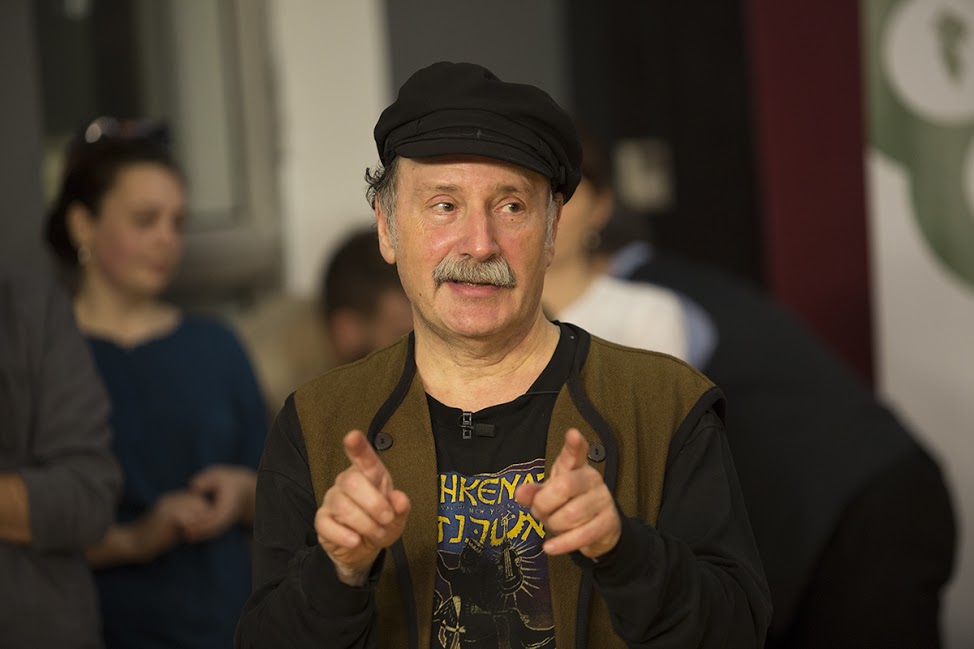Klezmer Music
My research in klezmer music falls into two distinct periods. The first period—in the 1970s—grew from my Bessarabian family upbringing and my numerous contacts with the musically related Greek and Armenian communities in New York. After locating and read all of the available scholarship in Russian, Yiddish, Hebrew and Romanian, this period culminated in the NEA grant I shared with Andy Statman, and our study and performances with Dave Tarras. We released our LP “Jewish Klezmer Music” in 1979.
I turned to the study of Ottoman Turkish music for many years, but returned to klezmer in 1998, when I began interviewing the former kapelmayster and poet Yermye Hescheles. The ensemble Khevrisa was formed soon after with the violinist Steven Greenman. In 2008, I started working with clarinetist Alexander Fiterstein and Christina Crowder. This period led to the book Klezmer: Music, History and Memory, published in 2016.
In between these eras—and following the death of Dave Tarras in 1989—I published the article “Bulgareasca, Bulgarish, Bulgar: the Transformation of a Klezmer Dance Genre” in 1994. This was the first study of a klezmer dance genre in any language, and the logical continuation of the research of Moyshe Beregovski in the Kiev of the 1930s. In this latter period it became clear how distinct the klezmer music of Europe had been from its survivals and developments in America.
With the generous support of research funds from New York University in Abu Dhabi (UAE), I was able to conduct the research for my forthcoming book Untold Stories: Transnational Klezmer Music of Bessarabia and Historical Moldova, from Istanbul to New York between 2011 and 2015. This topic required a separate monograph, due to the unique situation of Ashkenazic Jews in the formerly Ottoman territory of Moldova, and to the unique relationship formed there between klezmorim and the Gypsy (Roma) lautar musicians between the 18th and the middle of the 20th century. While my first book is centered squarely in Eastern Europe, this second klezmer book will demonstrate the transnational nature of this musical repertoire within Moldova and in the Ottoman capital Istanbul, and show how these transnational relations continued for over seventy years among the Jewish, Greek and Armenian musicians of New York and Philadelphia.
Ashkenazic Dance & Gesture Studies
Gesture lies at the interface of the verbal and the non-verbal in human communication and artistic expression. It focuses attention by means of bodily movement, intonation, pitch and stress, transcending the distinctions between normal speech, poetry, song, and dance. It even impinges on the visual arts, including painting, calligraphy, sculpture as well as aspects of architecture. Within human civilization—parallel with its role in the arts-- intentional gesture developed to aid verbal communication, explication, and persuasion. This aspect of gesture characterizes cultures particularly across a broad Mediterranean, South Asian, and African zone, reaching sophisticated forms in functions as diverse as law, politics, theater and religious teaching. Already codified as part of rhetoric in ancient Greece and Rome, it flourishes in different forms today.
Within both music and dance an important principle is the distinction between the expression of motor rhythms ‘entraining’ the whole body--which can be traced to the cerebellum--as opposed to gestural expression mainly of the upper body, involving many parts of the brain, and hence more akin to language. For example, Japanese uses different words to describe the gestural dance of the solo artistic tradition (mai) and the step-based dances of the people (odori). Andalusian flamenco distinguishes between brazos (arms/gestures) and pasos (steps). Gesture also formed the basis for the solo dance of the tentser among Ashkenazic Jews. While the basic patterns of dances like freylekhs, sher, patsh-tants or bulgar were done by the whole Jewish community, only a tentser based his or her performance on gestures with improvised steps. The gestural dance par excellence was the khosidl of the Misngagdim as well as the solo dances of Hasidic rebbes. In my own experience the great klezmer Dave Tarras (1897-1989) was the preeminent master of solo Jewish dance, which sometimes formed part his lessons to me in the 1970s.
The photos below were taken during the Khosidl Dance Workshop hoted by the Eshkolot Project in Moscow, October 2017.
All photos Nikolay Busygin (Eshkolot), taken at a dance workshop hosted by Eshkolot Moscow in October 2017. Special thanks to Eshkolot for permission to use these images.

